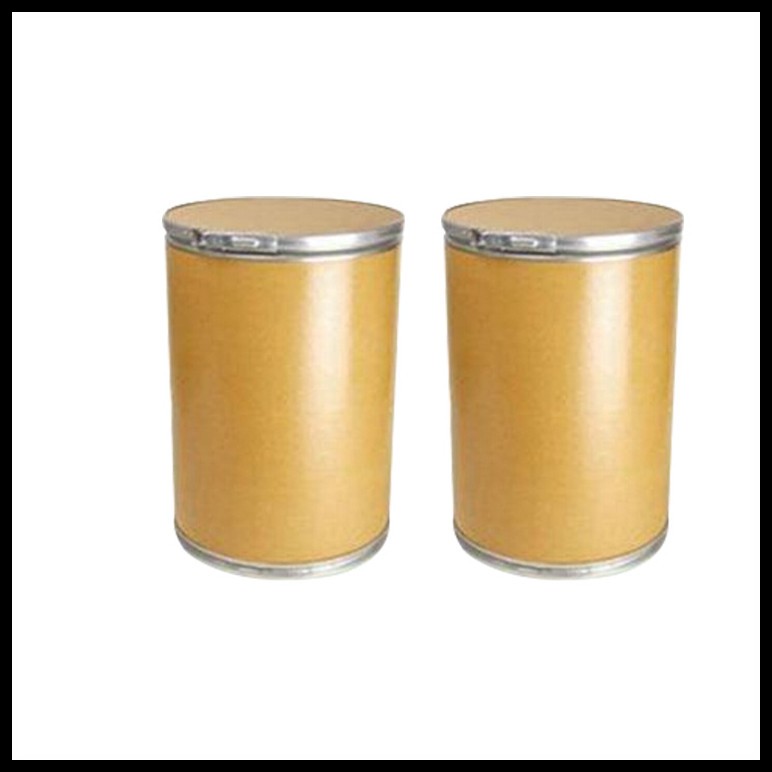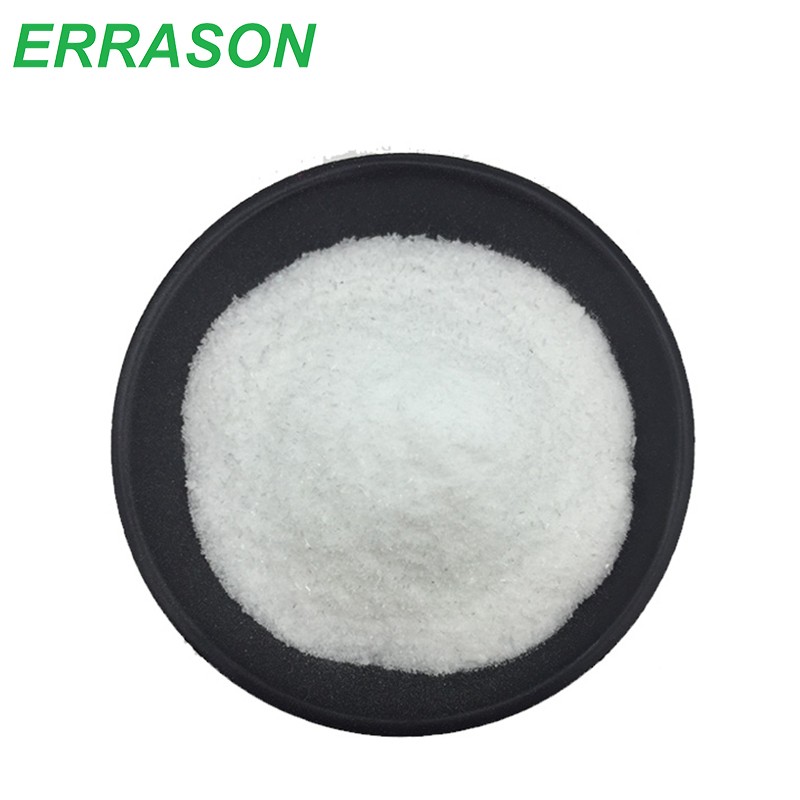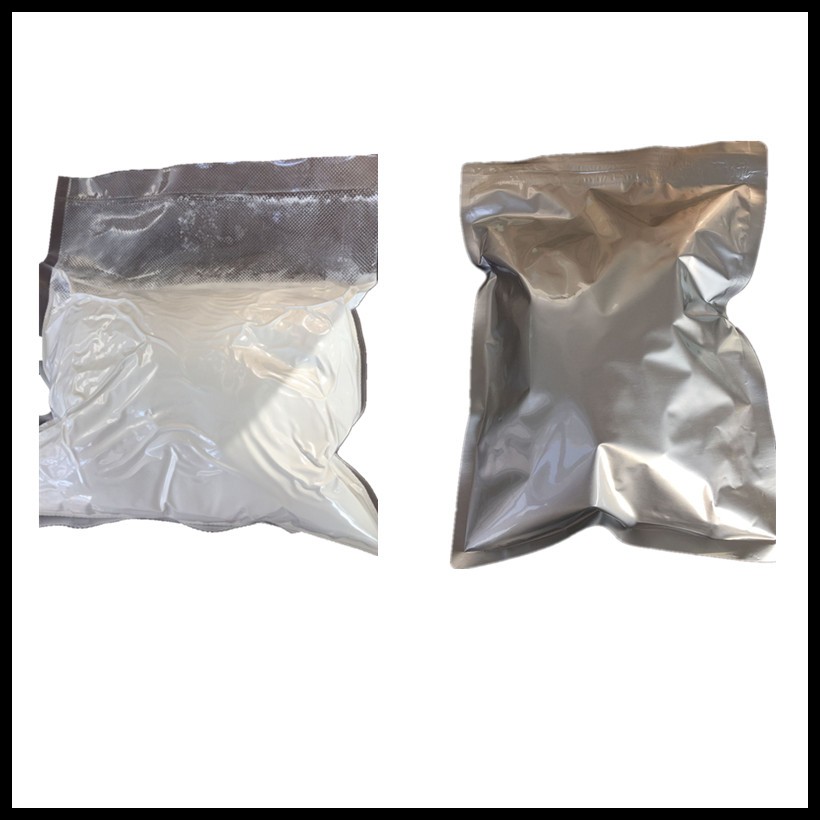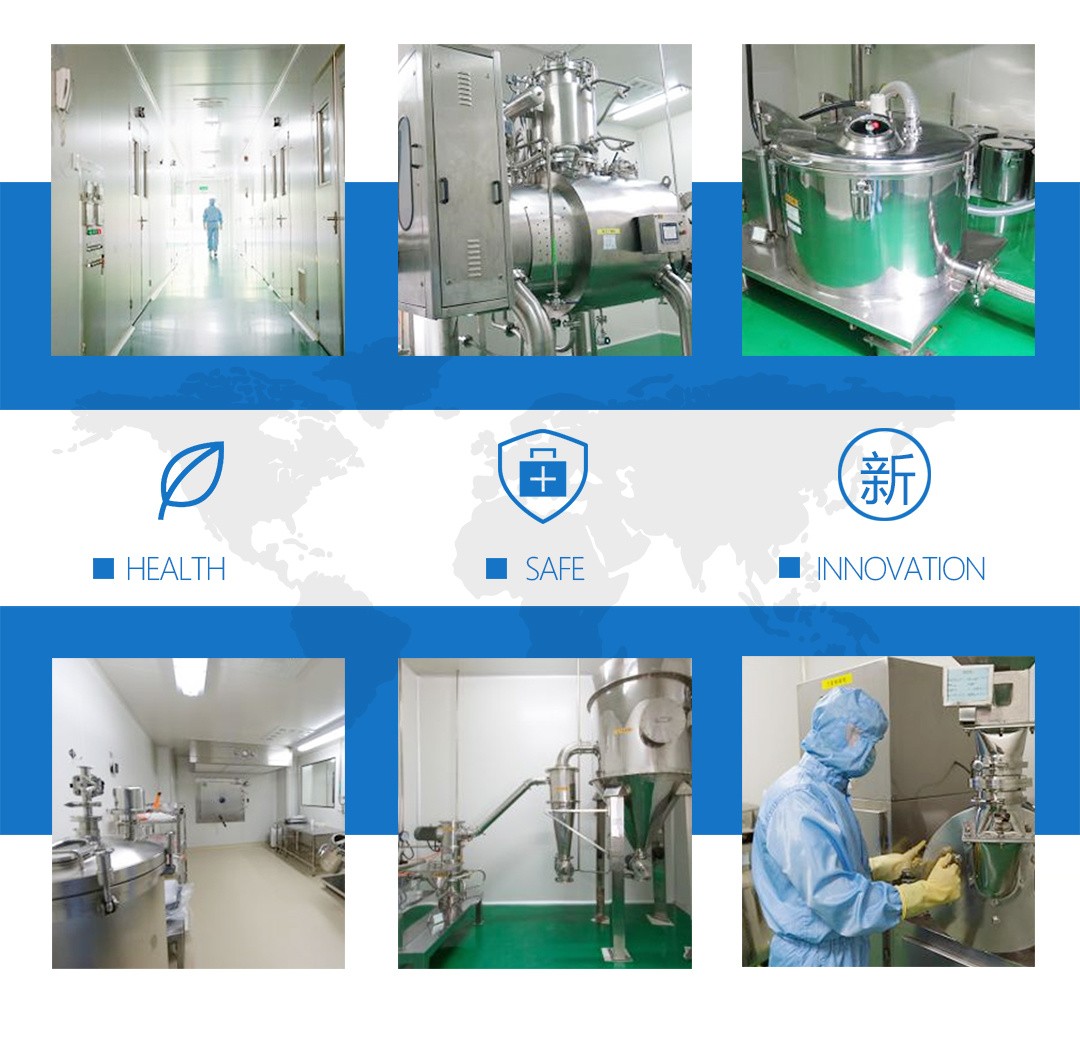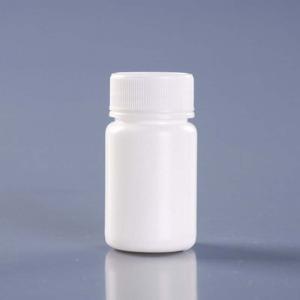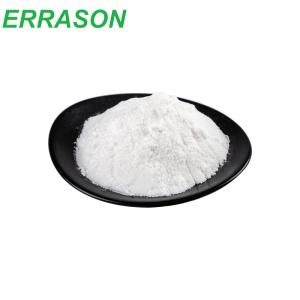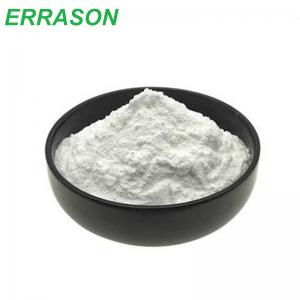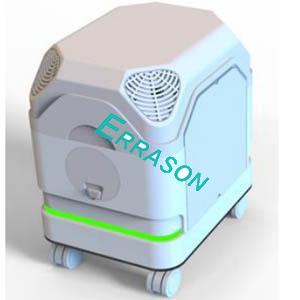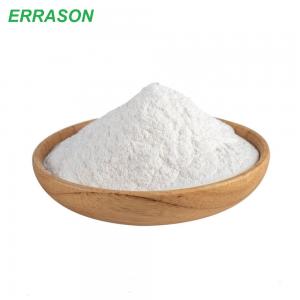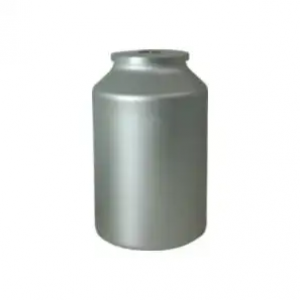Description
INTRODUCTION
Vitamin C (Ascorbic Acid), also known as L-ascorbic acid, is a water-soluble vitamin.
Vitamin C in food is absorbed by the upper part of the human small intestine. Once absorbed, it is distributed to all water-soluble structures in the body. There is about 1500 mg of vitamin C in the vitamin C metabolic active pool in normal adults, and the maximum storage peak is 3000 mg of vitamin C.
Under normal circumstances, most of vitamin C is metabolized in the body into oxalic acid or combined with acid to generate ascorbic acid-2-sulfuric acid and is excreted from the urine; another part can be excreted directly from the urine.
Function
1.Food Grade: As antioxidant and food nutrition enhancer, Vitamin C is used in flour product, beer, candy, jam, can, drink, dairy products
2.Medicine Grade: Vitamin medicines, prevent scurvy, and a various of drugs for acute or chronic infectious diseases, purpura, dental caries, gingival abscess, anemia
3.Cosmetic Material: Vitamin C can promote collagen formation, its antioxidation, can restrain pigment spots
Vitamin C (Ascorbic Acid), also known as L-ascorbic acid, is a water-soluble vitamin.
Vitamin C in food is absorbed by the upper part of the human small intestine. Once absorbed, it is distributed to all water-soluble structures in the body. There is about 1500 mg of vitamin C in the vitamin C metabolic active pool in normal adults, and the maximum storage peak is 3000 mg of vitamin C.
Under normal circumstances, most of vitamin C is metabolized in the body into oxalic acid or combined with acid to generate ascorbic acid-2-sulfuric acid and is excreted from the urine; another part can be excreted directly from the urine.
Function
1.Food Grade: As antioxidant and food nutrition enhancer, Vitamin C is used in flour product, beer, candy, jam, can, drink, dairy products
2.Medicine Grade: Vitamin medicines, prevent scurvy, and a various of drugs for acute or chronic infectious diseases, purpura, dental caries, gingival abscess, anemia
3.Cosmetic Material: Vitamin C can promote collagen formation, its antioxidation, can restrain pigment spots
| Items | Standard | Results |
| Appearance | White crystalline powder | White crystalline powder |
| Identification | Positive | Positive |
| Clarity of solution | Clear | Clear |
| Color of solution | ≤BY7 | |
| Assay | 99.0~100.0% | 99.80% |
| Loss on Drying | ≤0.4% | 0.04% |
| Residue on ignition | ≤0.1% | 0.03% |
| Sulphate Ash | ≤0.1% | 0.03% |
| Specific rotation | +20.5°~ +21.5° | +21.00° |
| pH(with 2% water solution) | 2.4-2.8 | 2.46 |
| PH(with 5% water solution) | 2.1-2.6 | 2.37 |
| Melting range | About 190ºC | 191ºC |
| Heavy metals | ≤3ppm | <3ppm |
| Iron | ≤2ppm | <2ppm |
| Iron | ≤2ppm | <2ppm |
| Copper | ≤5ppm | <5ppm |
| Oxalic acid | ≤0.2% | <0.2% |
| Arsenic | ≤1ppm | <1ppm |
| Lead | ≤2ppm | <2ppm |
| Organic volatile impurities | Meets the requirements | conform |
| Related Substances | ImpurityC≤0.15% | complies |
| ImpurityD≤0.15% | ||
| Any Other Unspecific Impurities | ||
| Impurity≤0.10% | ||
| Total Impurity≤0.2% | ||
| Total Plate Count | ≤1,000cfu/g | <1,000cfu/g |
| According to BP2010, E300, USP32, FCC7, EP 7. | ||
